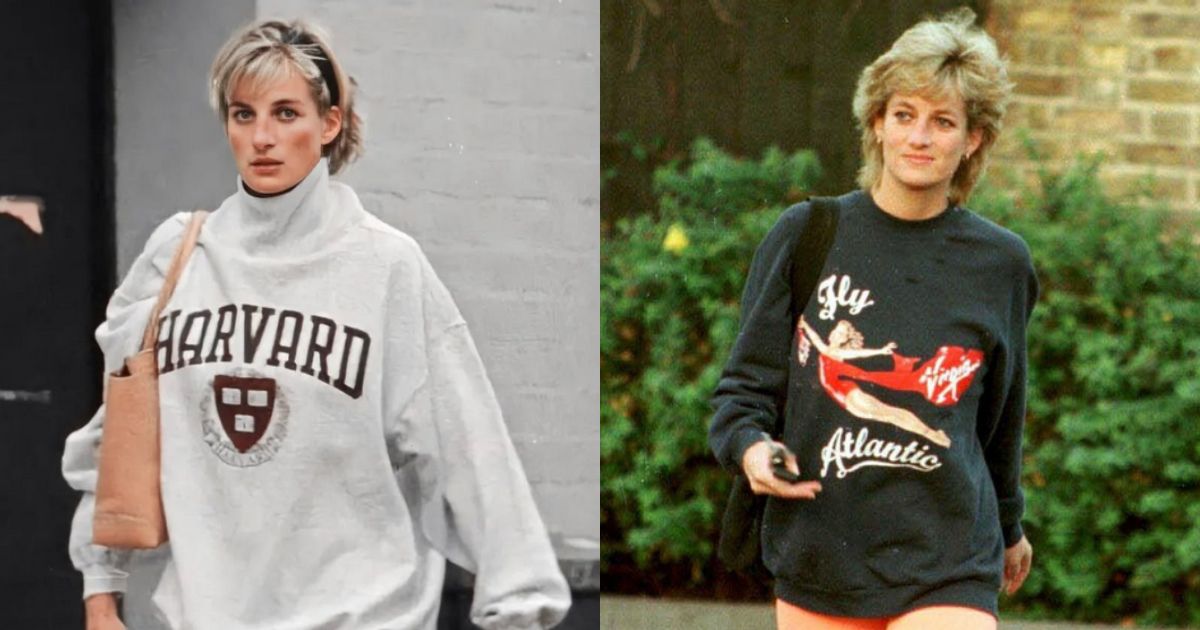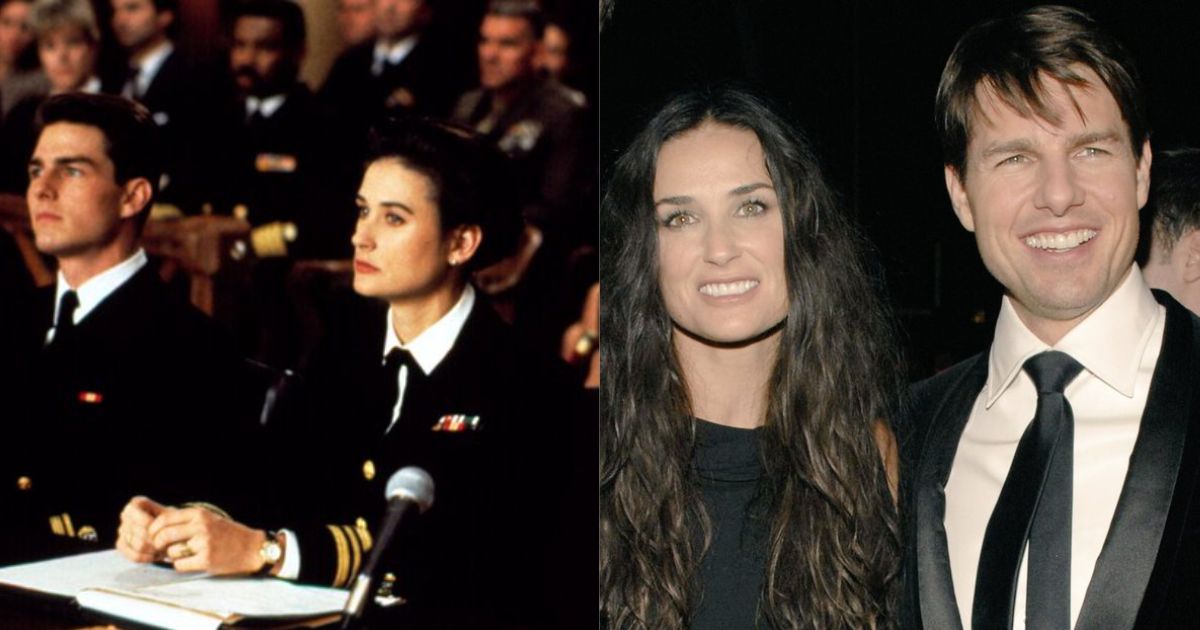Princess Diana may have been married to the future King of England and celebrated as “England’s rose,” but she also had a special place for America in her heart. She loved the culture, the clothes, the food, and even the idea of one day calling the United States home.
The Princess of Wales’ wardrobe often hinted at her fondness for America. She didn’t just wear royal gowns, she wore oversized collegiate sweatshirts to the gym and often stepped out in her Philadelphia Eagles varsity jacket.
Royal author Edward White, who penned Dianaworld, noted that “her consumption of American fast food, especially McDonald’s hamburgers was repeatedly highlighted as a sign of her connection with ordinary people.” While her love for such common American foods were frowned upon at times, the act was very natural to her and given her character, she never held herself back from having a hamburger.
Former royal chef Darren McGrady once revealed that Diana would sometimes cancel formal palace lunches just to take the boys for Happy Meals. “She wanted her kids to have the same experiences as everyday kids,” he explained.
It was one of many moments that cemented her as the “People’s Princess,” or, as White put it, the “People’s McPrincess.” That nickname, he added, is “enshrined in the popular imagination.”
But Diana’s American leanings weren’t only about fast food and casual wear, they were also about attitude. Roberta Fiorito, former co-host of the Royally Obsessed podcast, once said, “There’s something very trailblazing about Diana that feels very American to us. You know, not having the stiff upper lip but showing emotion, forging her own path.”
This emotional openness made her beloved by many, but it also unsettled some in Britain. White wrote that “a good number of Britons were troubled by what they saw as the increasing layers of American identity that Diana wrapped around herself in the last years of her life.”
Critics accused her of “losing touch with her sturdy English roots.” Journalist Julie Burchill famously called it “American therapy speak,” referring to her candid way of expressing emotions and her willingness to seek help when struggling.
The year before she sadly passed away in the car crash in Paris, #PrincessDiana made many trips to America. Her calendar was full with special invites and charitable endeavors. Here she is at Heathrow, enroute to New York. Diana had found her footing and was THRIVING! Her pic.twitter.com/jlWygR43Gd
— QUEENS OF 💜🤍💜HEART 💜🤍💜 (@korellamatters) July 2, 2023
Among those unsettled by her interests was the Venerable George Austin, Archdeacon of York. Diana’s consultations with alternative therapists especially bothered him. As White reported, Austin dismissively referred to it as “the American disease.”
By the 1980s and 1990s, American culture was increasingly present in British life. “Her love of American flag sweatshirts, a good Big Mac and an episode of The Golden Girls was hardly unusual for a woman in her twenties and thirties at the time,” White observed.
Yet for a future queen, this perceived “Americanization” was seen as both daring and divisive. Her unguarded interviews and willingness to speak about her struggles, whether with marriage, the monarchy, or mental health, broke unspoken royal rules. Many admired her courage. Others viewed it as oversharing, unbecoming of a royal.
White argued that “the threat of being possessed by American culture has haunted the British just as the promise of being transformed by it has thrilled them.” Diana embodied that duality.
Ironically, at the time of her death in 1997, Britain’s response revealed just how deeply her American-style openness had sunk in. Public mourning was raw and visible in a way the country had rarely seen before.
Mourners filled the streets, wept openly, and left millions of flowers outside palaces. As White noted, the “mass mourning” felt like “‘McDonaldized emotions,’ as one British academic termed it, to honor its McDonald’s princess.”
In the end, Diana’s connection to America wasn’t about abandoning her Britishness, it was more about her love for simple pleasures, from sweatshirts to Happy Meals. To her critics, she was adopting a foreign identity. To her admirers, she was becoming more real.















